It’s a little bit country, and very urban. Australia’s smallest and southernmost mainland state is also home to about five million people, three quarters of whom live in the capital, Melbourne. This makes Victoria Australia’s least rural population. Melbourne is one hell of a city.
The lifestyle
It’s both a burgeoning financial hotspot and a flourishing cultural centre. It’s one of the few cities on Earth that still uses trams, which are both charming and highly efficient. It’s got a large and sheltered harbour, a ruggedly beautiful coastline and a nearby mountain range with enough snow to ski for about three months a year.
There’s a good stock of houses from new suburban developments to early twentieth century terrace houses (known elsewhere as “semi-detached”) in the bustling inner suburbs. The average commute time in is about 35 minutes, considerably shorter than London’s and slightly quicker than Amsterdam’s.
Victoria and Melbourne also have strong educational offerings. That includes both private and state-funded schools, the quality of both of which is excellent. There are also nine universities and a large number of technical and further education (TAFE) providers. All of this not only provide great education for the locals. They also supply Victoria’s growing export market of international education.
The people
Melbourne has a cosmopolitan population. About two thirds of the people were born here, with most of the rest coming from the UK, China, Italy, Vietnam, Greece and New Zealand. Not surprisingly, the European influence has resulted in a high proportion of Christians (about 60%, most of whom are Catholic), and there are also about 155,000 each of Buddhists and Muslims and about 45,000 Jews. The fastest growing religion is Hinduism. 20% of Victorians claim to have no religion, which is roughly the same as the USA and Switzerland.
The economy
Victoria probably felt the credit crunch of 2008 more than other states, because it impacted numerous of the state’s car plants which have now closed their doors. As a result, the economy is retooling from a manufacturing emphasis to services. Still, with a gross output of about $90bn, there are plenty of opportunities for people with the right skill sets. And in 2016 Victoria’s employment market is trending up and looking stronger than it has for years.
Here are the big employment categories as of March, 2016, based on the number of jobs in each (source: melbourne.geographia.com):
Interestingly, all categories except manufacturing are trending upwards in terms of the number of jobs they supply. And even more interesting is that the two main drivers behind this growth are international students and immigration. That’s right. As Victoria re-orients its economy around services, one thing it needs is people.



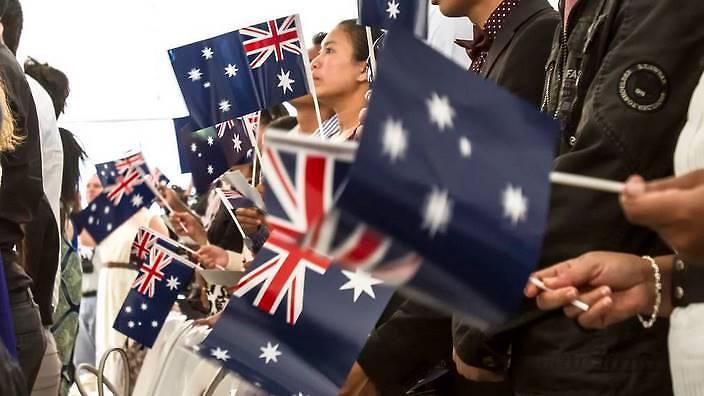

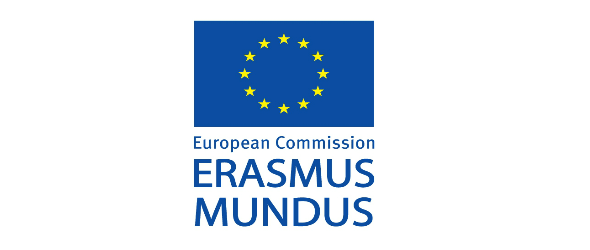
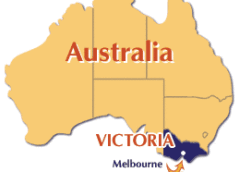
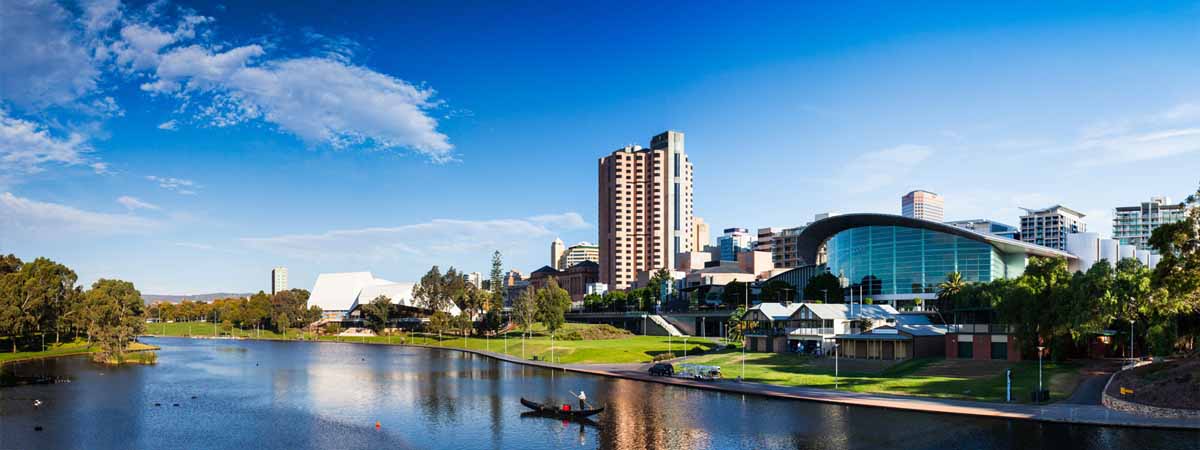
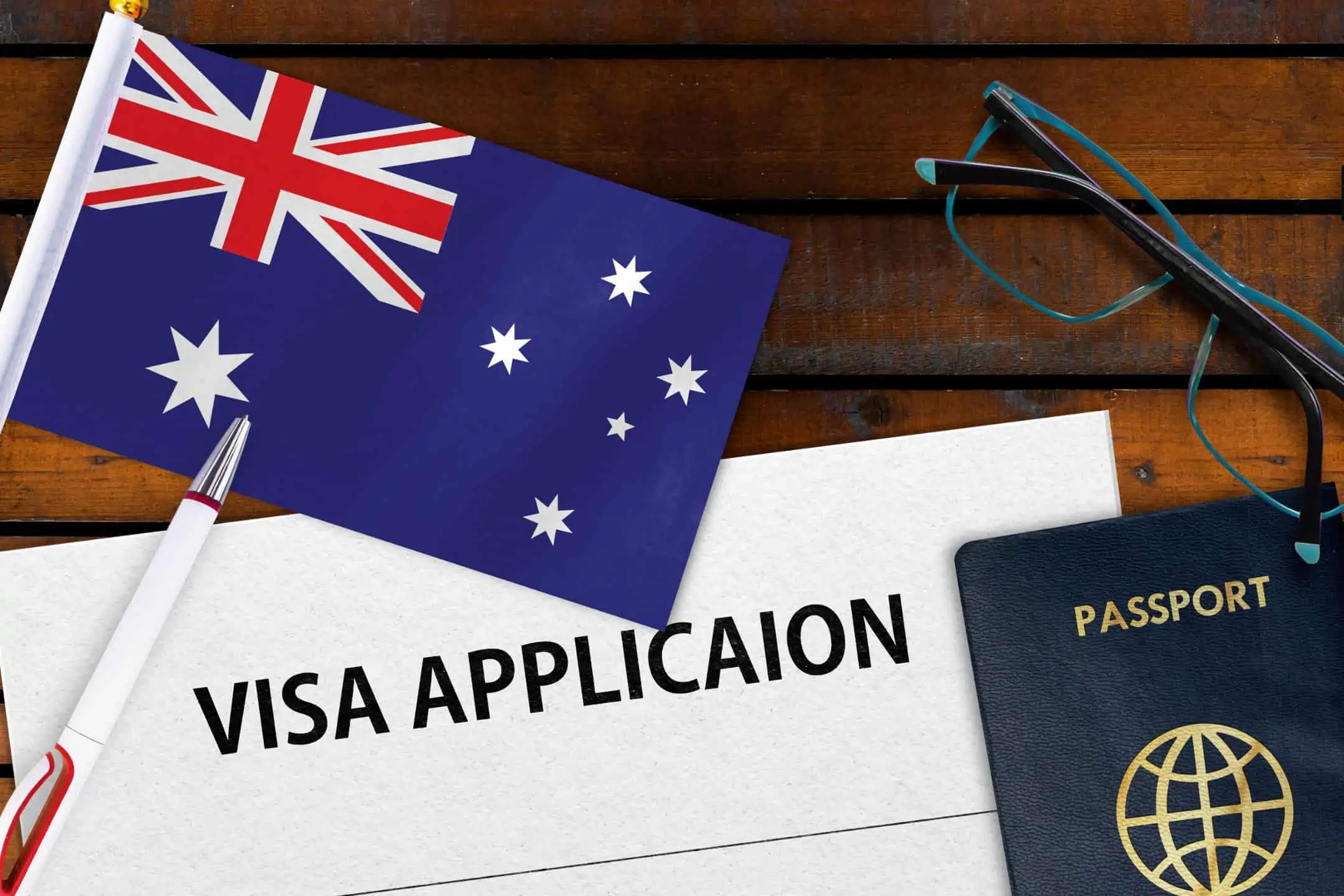
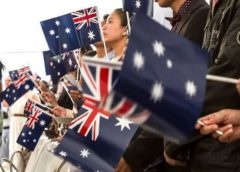

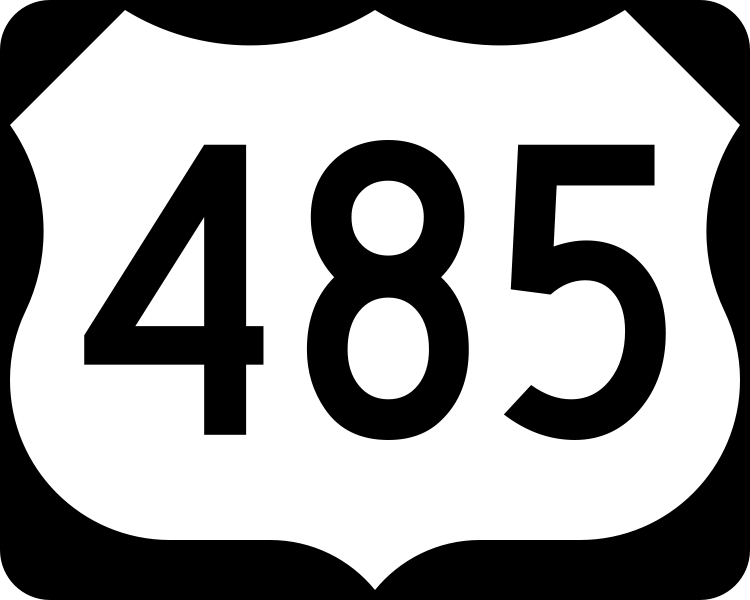
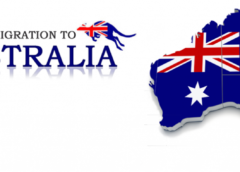
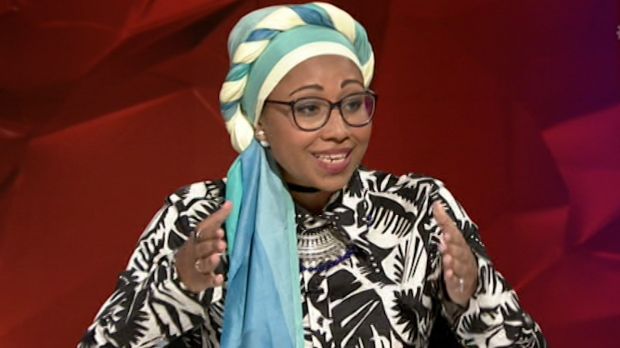

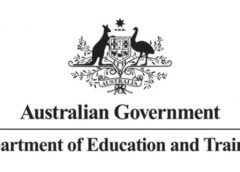

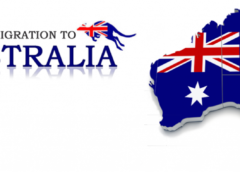
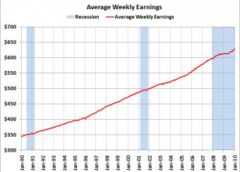
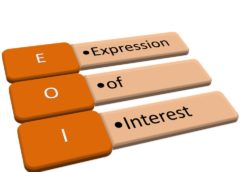

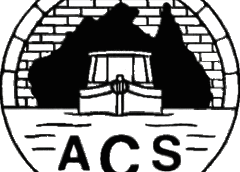

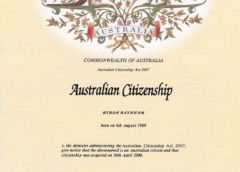
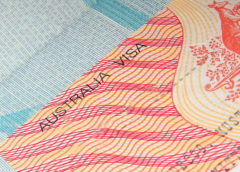
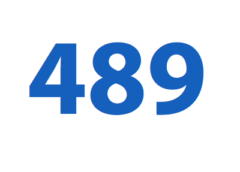


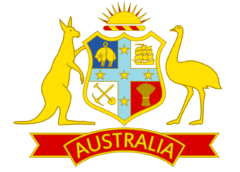
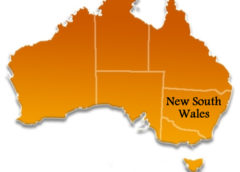
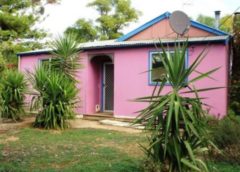
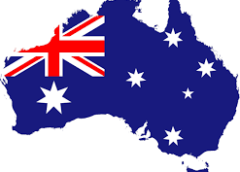



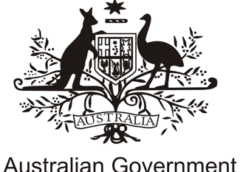
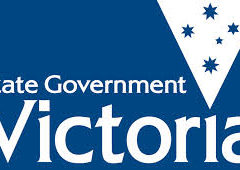
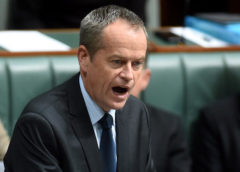
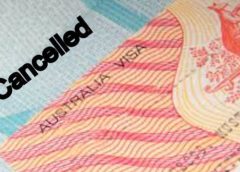
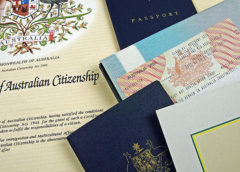
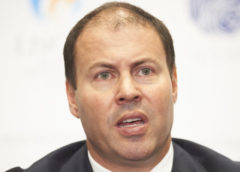
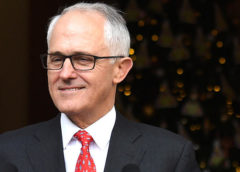
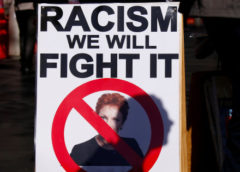
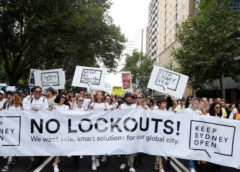
One thought on “Victoria”
Comments are closed.